How many of you remember the 1997 Men in Black movie with Will Smith? I know, I’m dating myself. But, does anyone remember the series of simple tests? Our main character, J, obviously doesn’t have the same prestigious background as the other candidates and is maybe a bit more awkward than the rest, giving reason to doubt his ability for the job.
Except, nowhere has it specified what the requirements are, or even what the job is!
How does anyone know he’s not a good fit just because he isn’t as refined as the other applicants? In case they didn’t make it obvious earlier in the scene, in the last test, J explains why a cardboard cutout of a little girl is more dangerous than the fake monsters around her. You know, just to drive the point of hiring bias home.
What are biases?
A bias is a disproportionate weight in favor of, or against, an idea. Bias can be innate or learned and essentially clouds your ability to evaluate objectively. Biases are directly related to intuition and feelings rather than fact and lead us to make quick and instant decisions based on limited information. Common biases are rooted in assumed behaviors, preconceived ideas, and initial observations.
Types of bias
Anchoring Bias – The first thing you learn is most important.
This is the tendency to rely too heavily on the very first piece of information you learn; once the anchor is set, additional information may be influenced based on the anchor’s value. If you think the interviewee went to a prestigious school, you may assume they are more competent than other candidates, even if their interview doesn’t support this.
Confirmation Bias – What you already believe is most important.
This is favoring information that confirms your existing beliefs. Any additional information gathered is skewed heavily to support those preconceived notions. For example, if the potential hire is older, you might believe they will be unable to adapt to system changes regardless of their interview results.
Halo effect/Reverse Halo effect – First impression is the most important.
Your overall impression of a person influences how you feel and think of their character. This especially applies to physical attractiveness influencing how you rate their qualities. Their positive or negative traits overshadow all others. Upon meeting the candidate, you might notice how put together they look and think, “surely they’ll do a good job in the role if this is how they show up to interviews!” A reverse halo effect is just the opposite, putting more weight in a negative observation. For example, assume the candidate is poorly dressed. You might write them off regardless of how qualified their resume presents them or if they ace a technical interview.
Why do our brains do that?
Two modes of thinking govern our decision-making process- intuition and reason. Biases are rooted in intuition, a process that often overrides our analytical thinking. Intuition takes over when trying to process and interpret the world around us with relative speed. It is often the result of our brain attempting to simplify information processing to help us make sense of our environment quickly.
Some biases are related to memory. The way we remember an event can turn specific details into subconscious biases. Other biases are related to problems with attention. Attention is a limited resource for our brains, and it has to be selective on the information it prioritizes.
Bias is a result of mental shortcuts our brains make in order to act quickly. But here’s the thing, the interview and hiring process doesn’t need to be a rushed decision. Slowing down, taking the time to review details, and having a system in place can help find the perfect hire without letting bias and intuitive processing take over.
Being self-aware
Overcoming unconscious bias is always more complicated than it may appear.
In the 1950s, the Boston Symphony instituted blind auditions in an attempt to diversify the range of candidates that made it to later stage auditions and to focus their hiring on merit without letting appearance influence decisions. Auditions were held with a screen between the interview panel and the performer, yet the results still heavily favored males. When the performers were asked to remove their shoes, the gender gap closed exponentially. What gives? It turns out, the judges were subconsciously noting the click of high heels and letting it influence their hiring practice.
Awareness training and company or organization conversations are a significant first step in recognizing bias and hiring patterns. A heightened sense of self-awareness goes a long way to keeping your biases in check. Questioning your decisions and motivations help to make sure you’re not influenced by assumptions.
Utilize reverse logic to help identify biases you might not be aware of in yourself. For example, people tend to relax when they meet a candidate they like and get anxious with those they don’t. Make a note about your reactions and perceptions, then dig a bit deeper to find the reasoning behind the response. A pattern may soon emerge and help you recognize and control your bias.
How do we fix it
Here are five changes you can make to minimize biased-based hiring.
- Define the position, not the person. An accurate job description includes a list of things a person needs to do and the necessary skills to fill a job role. Be as precise as possible in your wording on the job posting. If it’s vague, you’re more likely to fall back on biases in the actual interviews. Look out for gendered language, though! Subtle word choices can impact your hiring pool. Masculine coded language such as “active,” “driven,” and “competitive” can drive away female applicants, while feminine coded language such as “creative,” “interpersonal,” and “supportive” show minimum effect on the percentage of male applicants.
- Blind resume readings. Read the resumes before the CVs, consider implementing software that hides all identifying information; name, age, education, etc. When all you’re left with is a list of skills and experience, you are forced to narrow down your candidate pool based on merit.
- Screened calls. This allows you to speak with the candidates without any visual cues such as physical appearance, style, or clothing choice. Gender and accent may still be an issue here. Having standardized questions helps ensure all of your interview questions are the same for each candidate and based on information pertaining to the skills and background necessary for the position. Use the Interview Dive tool to create a customized interview script and ask others in the organization to contribute to this question pool to ensure a well-rounded interview takes place.
- Take detailed notes and utilize scorecards. Recorded notes from each candidate’s interview can assist you with remembering responses objectively, rather than relying on your memory or intuition. Quantitative scorecards help systemize your observations. Consider assigning designated numbers instead of names to each card to help remove subconscious biases you may have picked up during the interview. Having a panel of interviewers and then averaging these scores can assist in this process as well.
- Never make hiring decisions based solely on the interview. Instead, incorporate all the applicant information, including their references, CV, resume, and assessments, to find your perfect hire. Sometimes the person best for the job is the least effective at advocating for themselves. A study in 2019 showed that the confidence gap is a real thing! Women tend to underestimate their performance and credit teamwork to their successes, while men overestimate their performance by up to 33%.
Much like the Boston Symphony, we can do our best to eliminate bias. Still, it’s important to reexamine our methods to ensure we are not picking up on subconscious clues and letting our bias dictate a hire over the actual capabilities. Follow up on your company’s practices even after implementation to ensure something wasn’t overlooked in your original interview construct.

